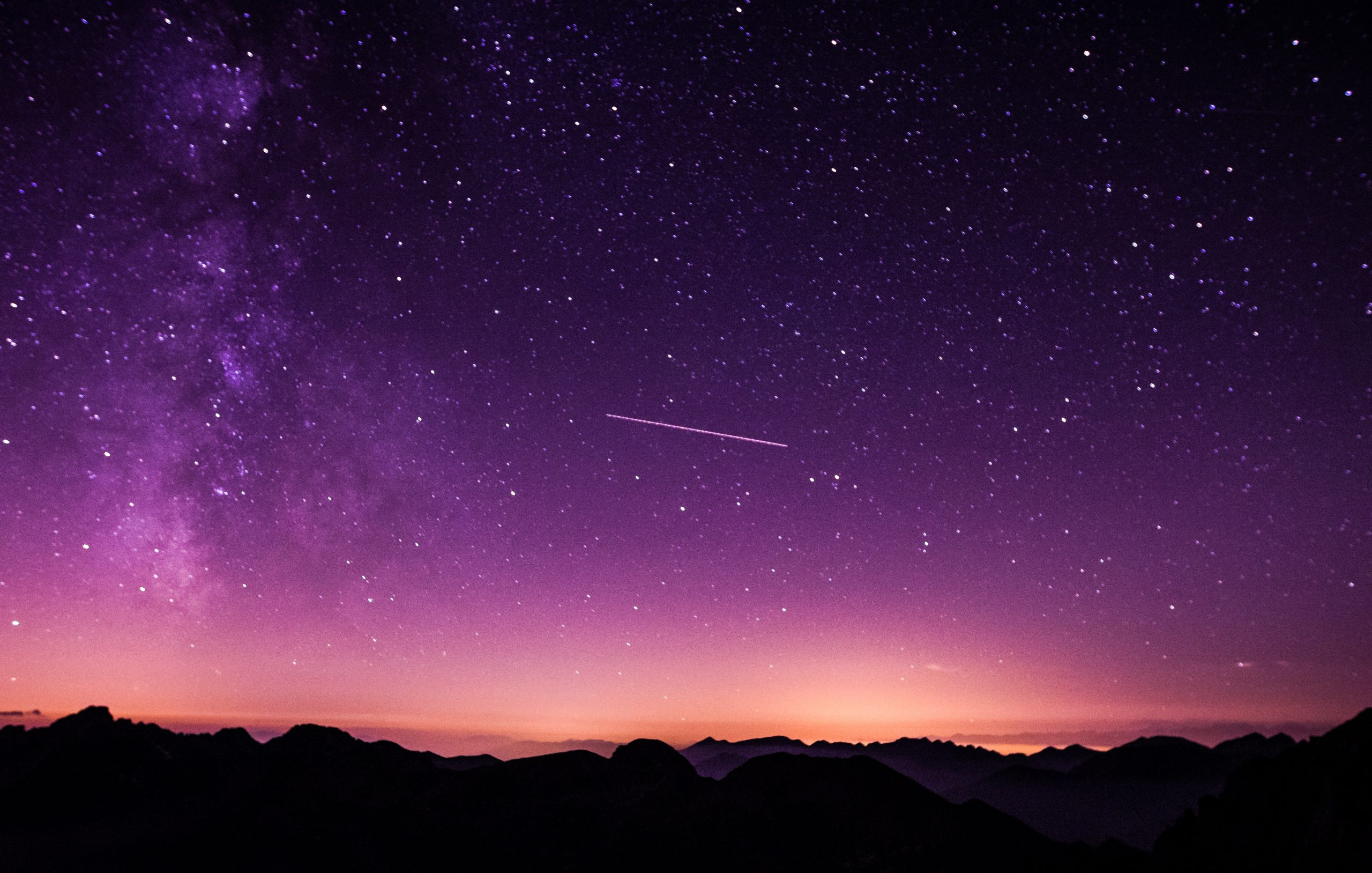Did you know that there are US National Parks verified by the International Dark-Sky Association to be some of the best places (with the clearest, least-polluted skies) to view the stars? The individual parks’ webpages even provide charts outlining estimated cloud cover and star visibility as well as information to help you plan your visit. Check out this map and consider a visit to one of these stellar parks! Visit darksky.org for a complete list of the IDA International Dark Sky Parks.
- Big Bend National Park (Texas)

- Located in the “Big Bend” of the Rio Grande, on the border between Mexico and Texas
- One of the largest, most remote, and least-visited national parks
- Contains some of the darkest skies in North America
- Big Cypress National Preserve (Florida)
- Some of the only land without light pollution in the area, with big cities like Miami and Naples close by
- Home to flora and fauna including orchids, cypresses, mangroves, snakes, black bears, and panthers
 Capitol Reef National Park (Utah)
Capitol Reef National Park (Utah)
- Actively avoids infrastructure that would detract from stargazers’ rustic experience
- Very little artificial lighting, meant to be reminiscent of the pioneer era
- White Navajo sandstone domes and cliffs
- Joshua Tree National Park (California)
- Houses two deserts: Mojave and Colorado
- The darkest skies are found in the eastern part of the park, far from the surrounding cities
- Has a significant outreach against artificial light at night and overall light pollution
 Obed Wild and Scenic River (Tennessee)
Obed Wild and Scenic River (Tennessee)
- Spans both sides of the Obed River in Tennessee—one of the last free-flowing wild river systems in the eastern US
- Still similar to how European settlers found the area in the 18th century
- Permanent outdoor lighting is banned here
- Waterton-Glacier International Peace Park (Canada/US)
- The first dark sky park spanning an international border
- Unique species and ecologies in isolated mountain terrain
- Allocates resources to study and interpret dark sky conservation
—Kaytee Johnson

